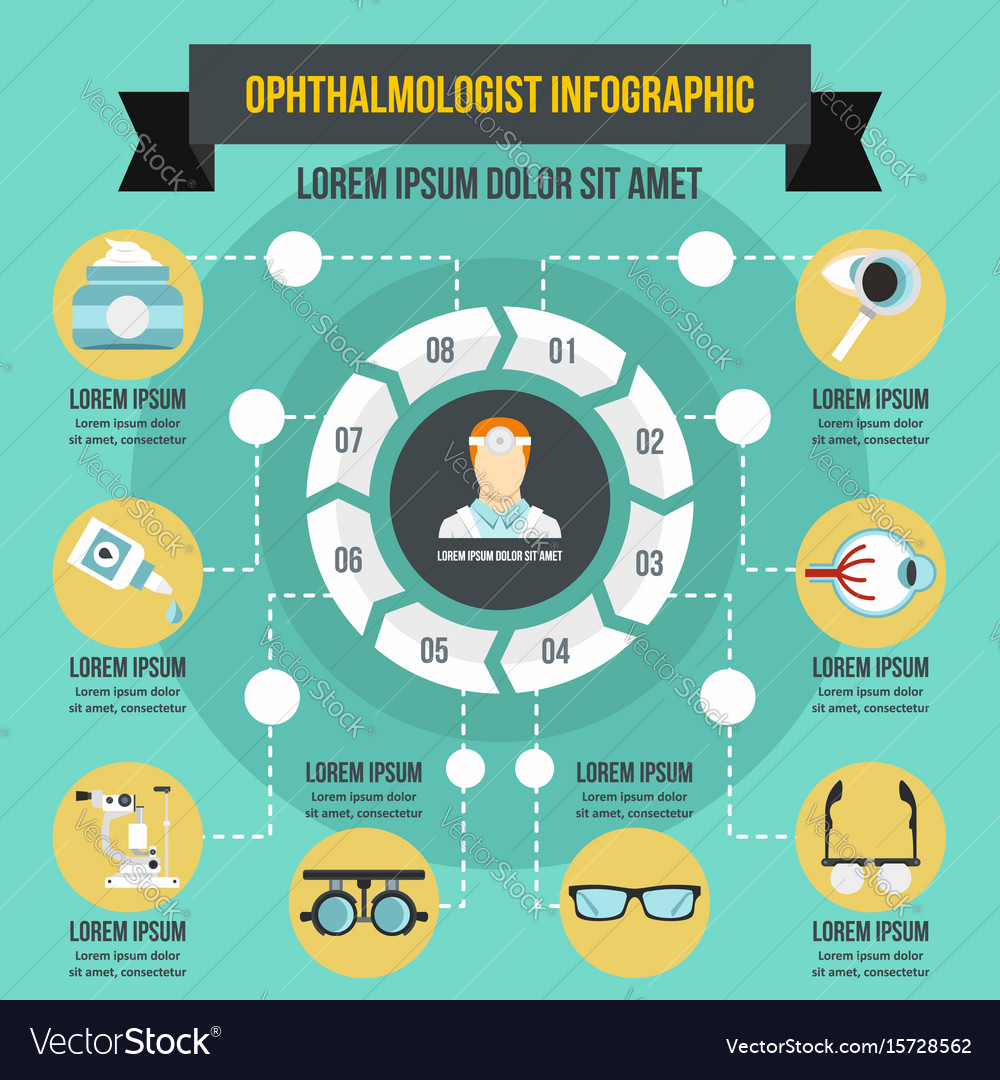Considering Cataract Surgery? Explore The Distinctions In Between Conventional And Laser Approaches To Comprehend The Key Elements That Will Affect Your Vision
Considering Cataract Surgery? Explore The Distinctions In Between Conventional And Laser Approaches To Comprehend The Key Elements That Will Affect Your Vision
Blog Article
Staff Writer-Dalsgaard Henson
When considering the option in between conventional cataract surgical treatment and laser-assisted methods, you may find yourself considering the advantages and downsides each method offers. The decision goes beyond the surface area degree of expense and accuracy, delving right into the realm of long-term outcomes and person satisfaction. As you browse via the intricacies of these two techniques, it becomes imperative to comprehend the nuanced information that can considerably influence your aesthetic clearness and total experience. Stay tuned to uncover the vital aspects that will certainly lead your decision-making process in this important aspect of eye treatment.
Standard Cataract Surgical Treatment Advantages And Disadvantages
When taking into consideration typical cataract surgical procedure, you may discover that it's a well-established and widely-used strategy. In this treatment, a specialist makes a little laceration in the eye and utilizes ultrasound to break up the gloomy lens prior to removing it. When the cataract is eliminated, an artificial lens is inserted to recover clear vision.
Laser LASIK Surgery of the primary advantages of typical cataract surgery is its record of success. Numerous people have had their vision substantially boosted through this procedure. Additionally, traditional surgical treatment is commonly covered by insurance coverage, making it an extra accessible alternative for several individuals.
Nevertheless, there are some drawbacks to standard cataract surgical procedure also. Recuperation time can be much longer contrasted to newer methods, and there's a slightly higher risk of problems such as infection or swelling. Some patients might also experience astigmatism or call for analysis glasses post-surgery.
Laser-Assisted Techniques Pros and Cons
Exploring laser-assisted techniques for cataract surgical procedure introduces a contemporary technique that makes use of laser technology to perform vital steps in the procedure. Among the primary benefits of laser-assisted cataract surgery is its precision. The laser allows for extremely precise cuts, which can lead to much better visual end results. In addition, making use of lasers can decrease the quantity of ultrasound power required during the surgical procedure, possibly lowering the threat of difficulties such as corneal damage.
On the downside, laser-assisted techniques can be much more expensive compared to conventional techniques. This cost mightn't be covered by insurance coverage, making it much less accessible to some patients.
An additional factor to consider is that not all cataract specialists are learnt laser innovation, which could restrict your options for picking a specialist.
Last but not least, while the laser can automate particular facets of the treatment, the surgery still requires a proficient specialist to make certain effective outcomes.
Comparative Evaluation of Both Techniques
For a detailed understanding of cataract surgical treatment methods, it's essential to perform a comparative analysis of both typical and laser-assisted techniques.
Conventional cataract surgery includes manual incisions and making use of handheld devices to break up and get rid of the cloudy lens.
On https://www.eurekalert.org/pub_releases/2020-10/uoh-ntc102020.php , laser-assisted cataract surgical procedure utilizes sophisticated innovation to create specific incisions and separate the cataract with laser energy prior to removing it.
In regards to precision, laser-assisted techniques provide a higher level of precision contrasted to conventional techniques. The use of lasers allows for modification of the treatment based on each patient's eye makeup, possibly resulting in far better visual outcomes.
Nevertheless, laser-assisted cataract surgical procedure tends to be a lot more expensive than conventional surgical treatment, which might limit access for some patients.
While both methods work in recovering vision impaired by cataracts, the choice in between traditional and laser-assisted techniques typically depends on elements such as price, accuracy, and specific person requirements.
Consulting with your eye doctor can help determine one of the most appropriate method for your cataract surgical treatment.
Conclusion
To conclude, when choosing in between conventional cataract surgery and laser-assisted techniques, consider elements like expense, accuracy, and individual requirements. Traditional surgery provides a proven performance history and insurance coverage but may come with longer recovery times. Laser-assisted strategies provide greater precision and personalization yet can be much more expensive and not constantly covered by insurance policy. Ultimately, the choice between the two approaches depends upon what is most important to you and your particular scenario.
